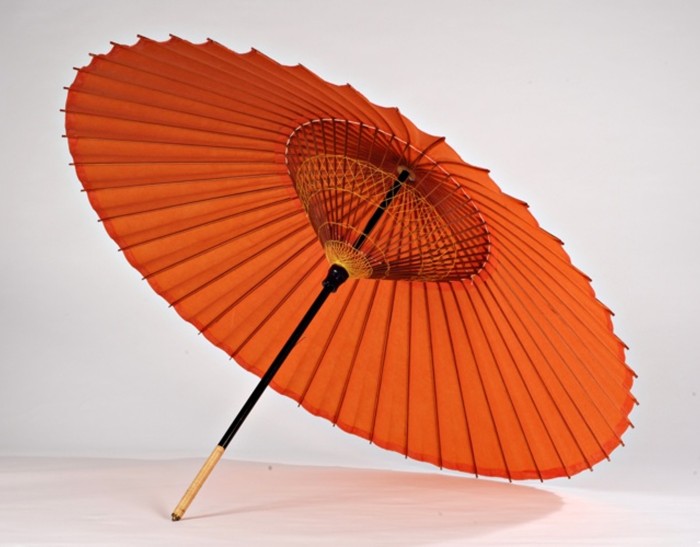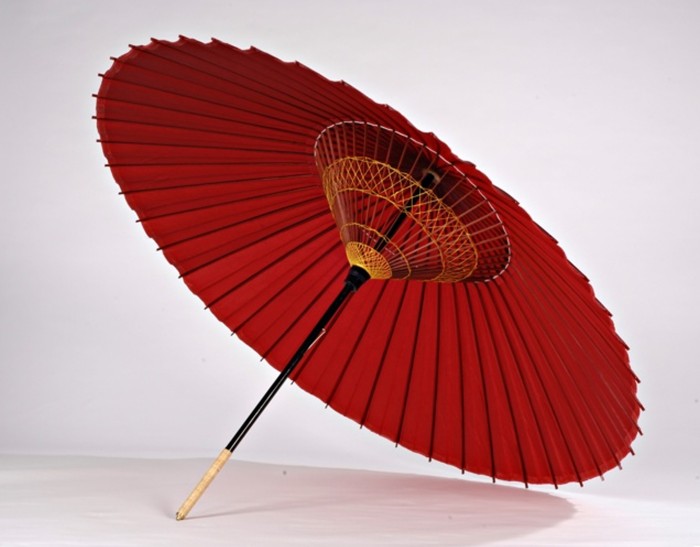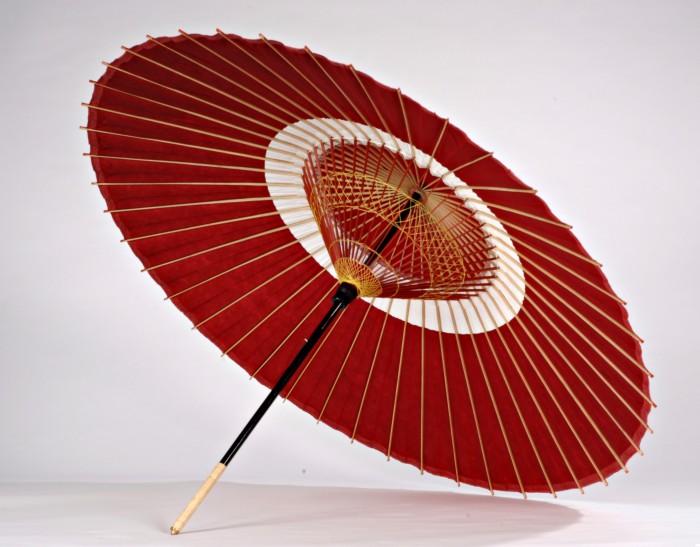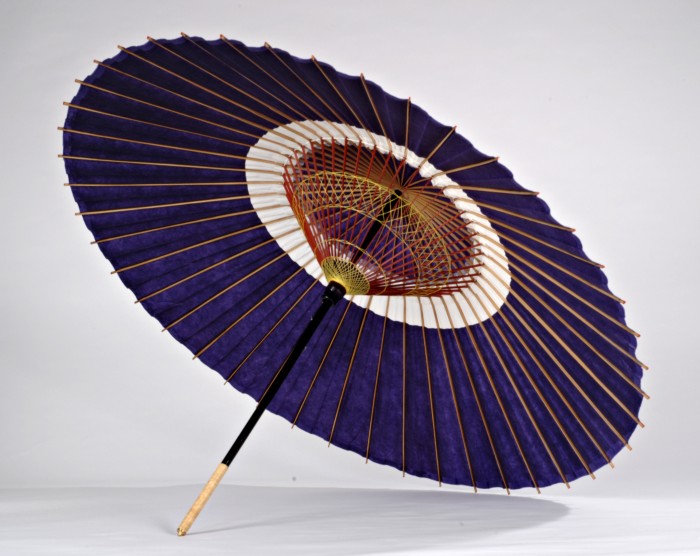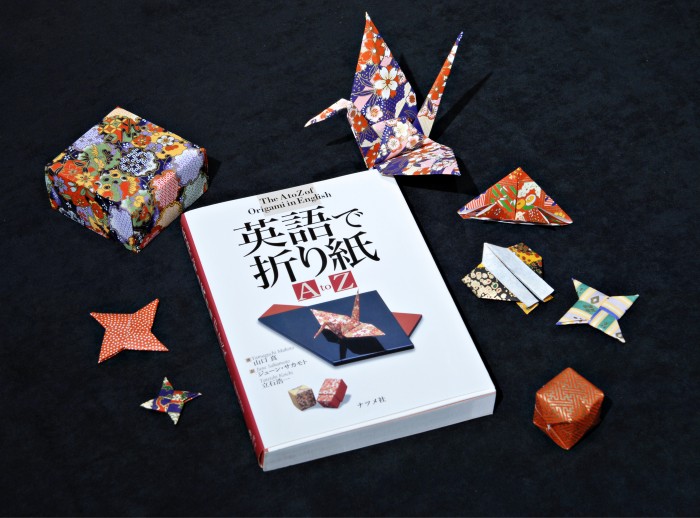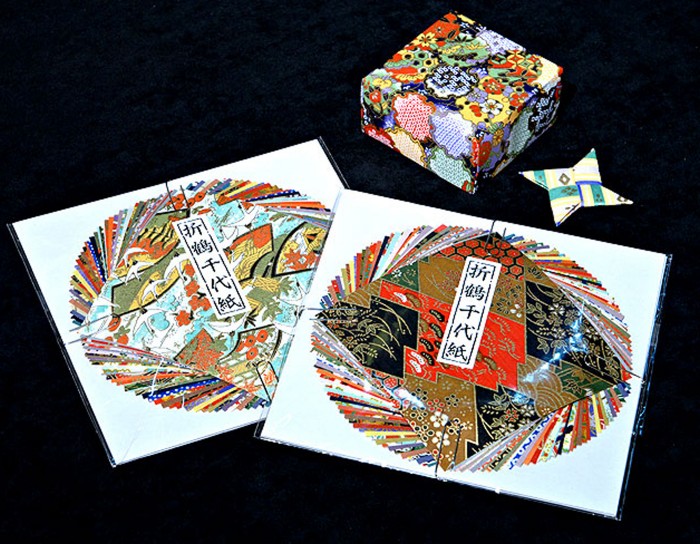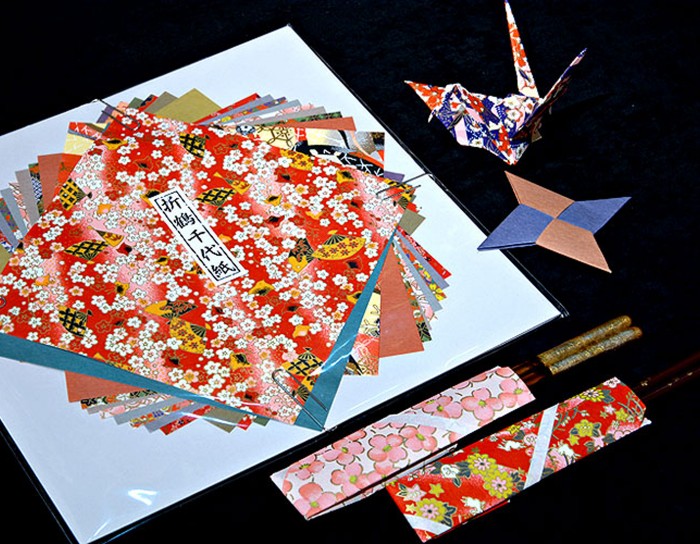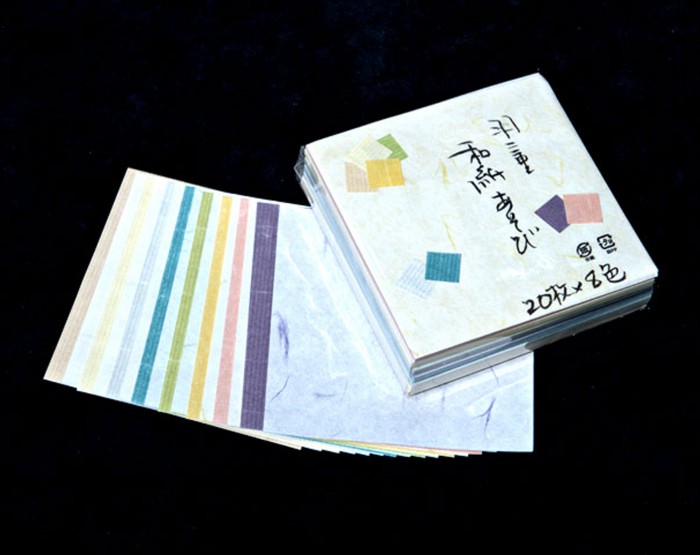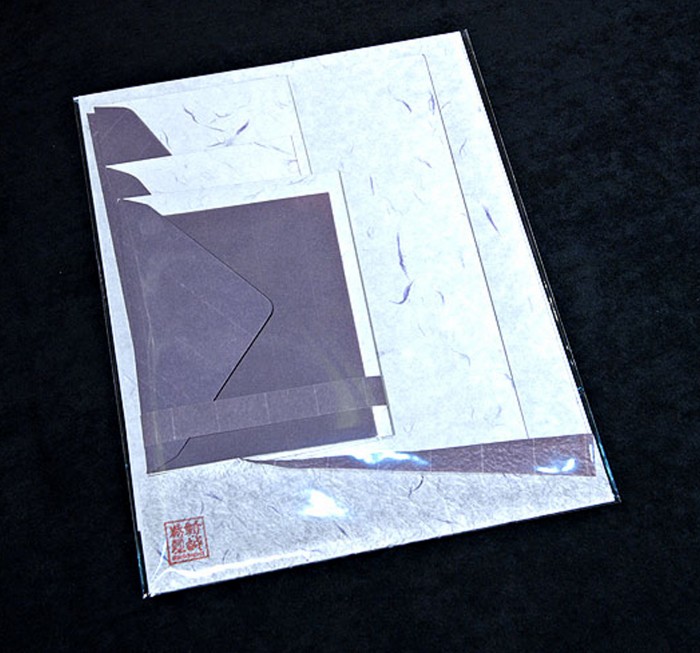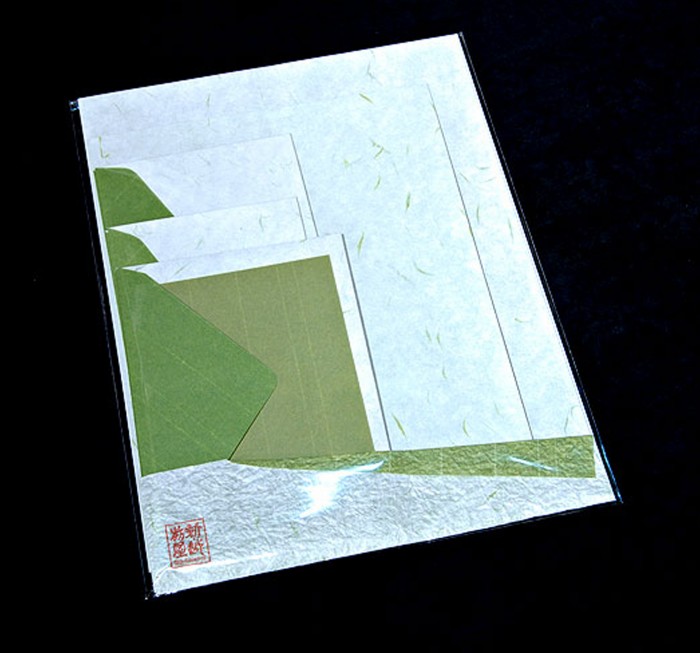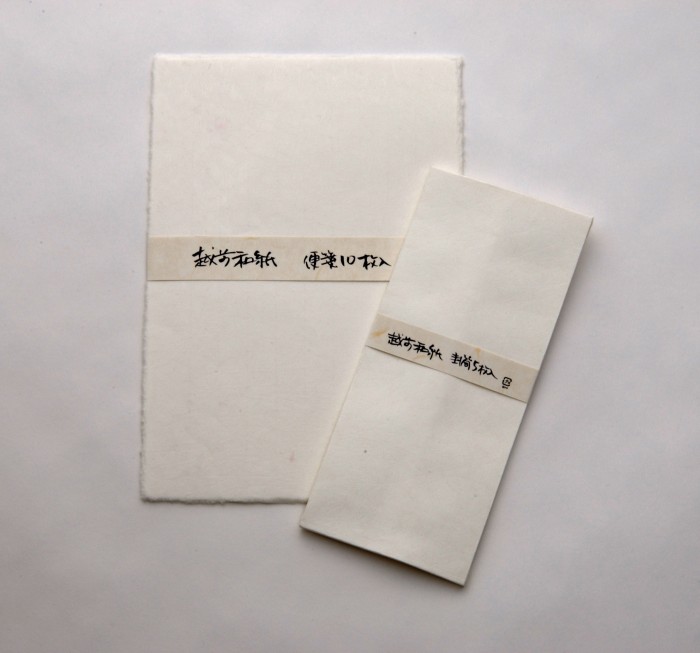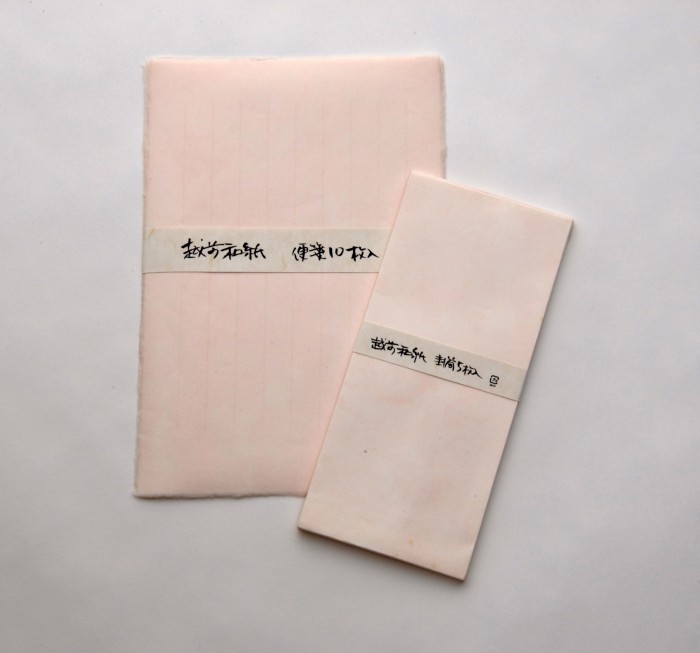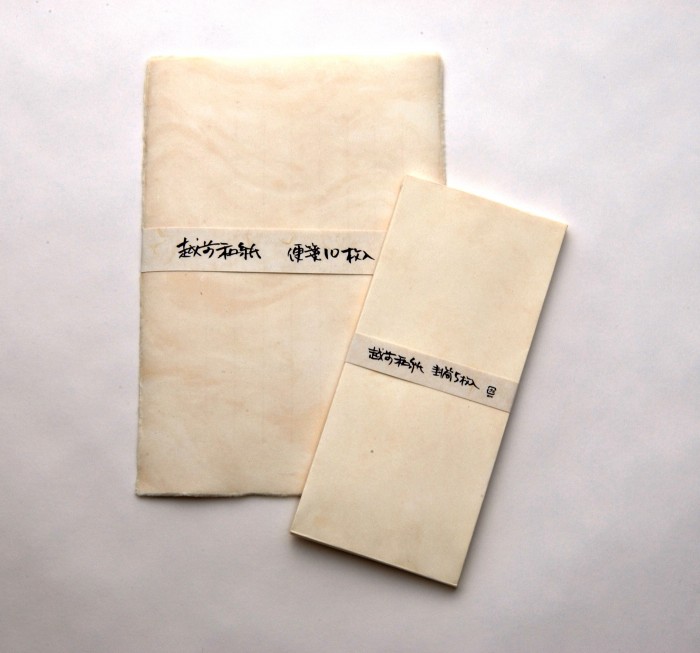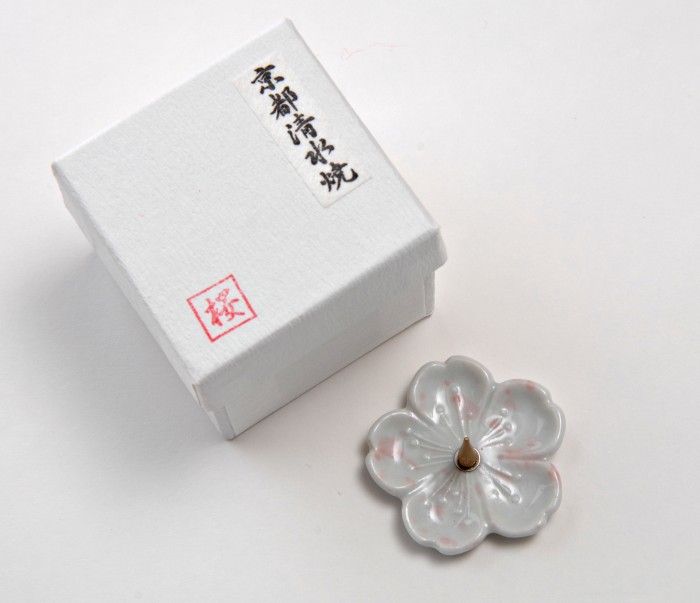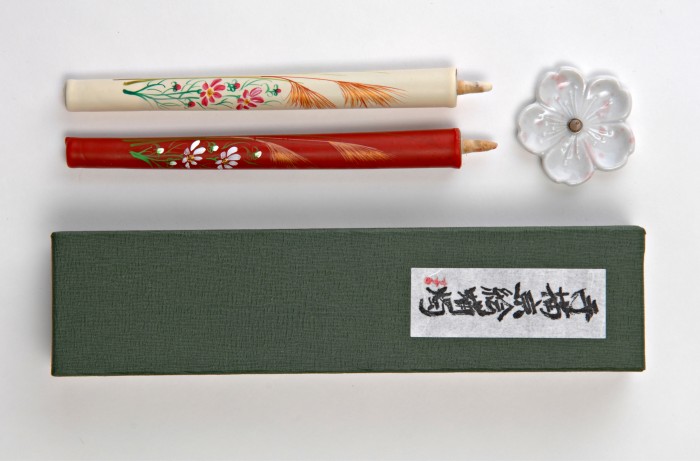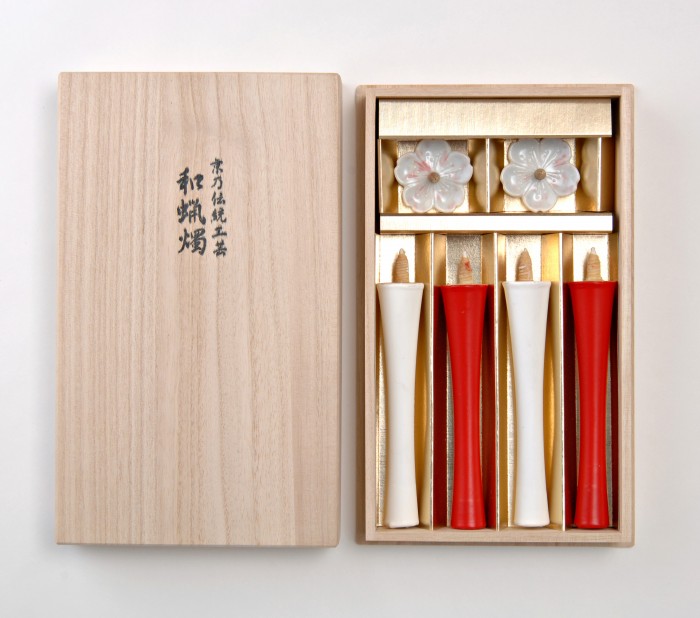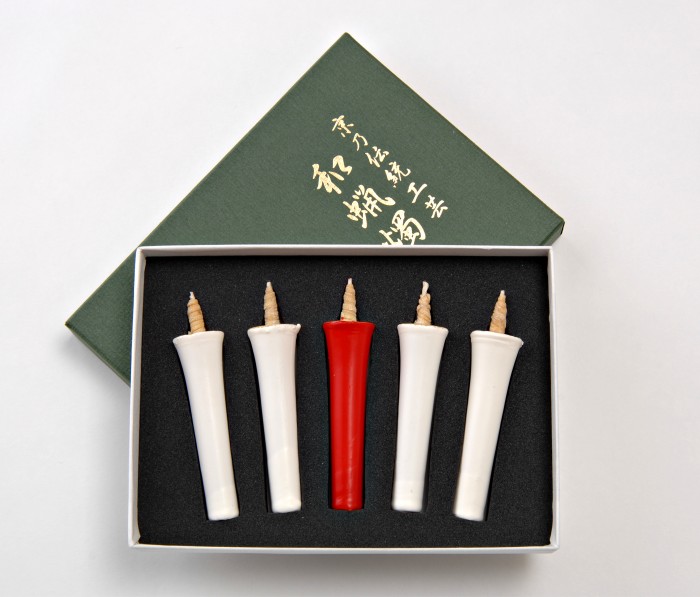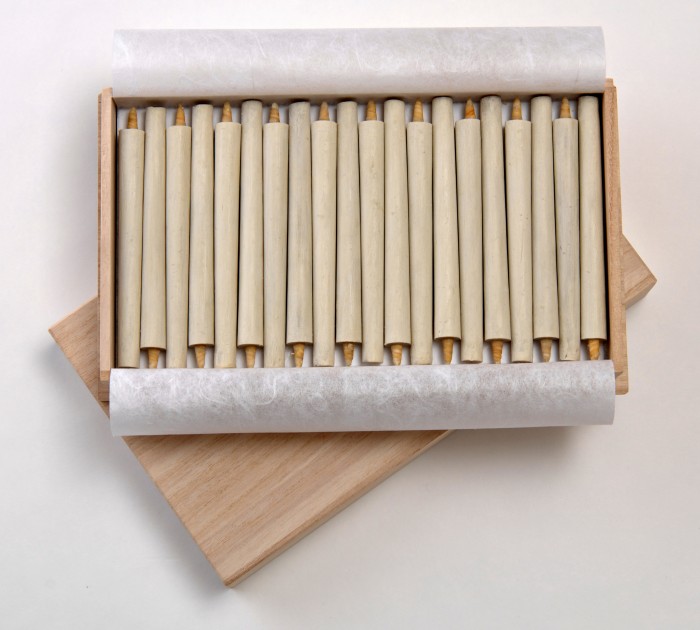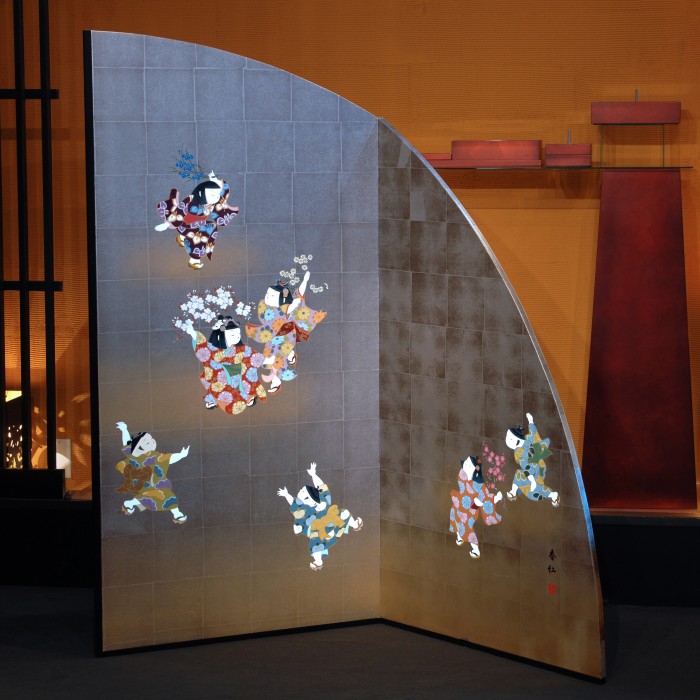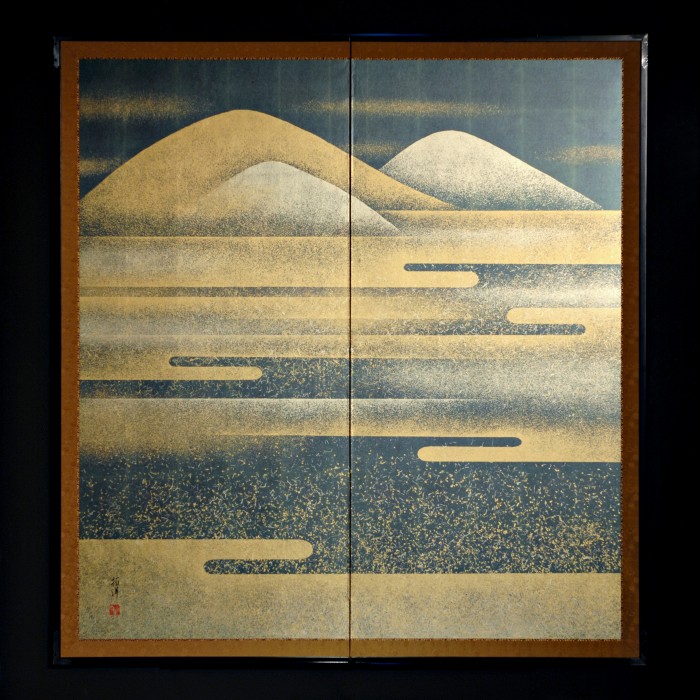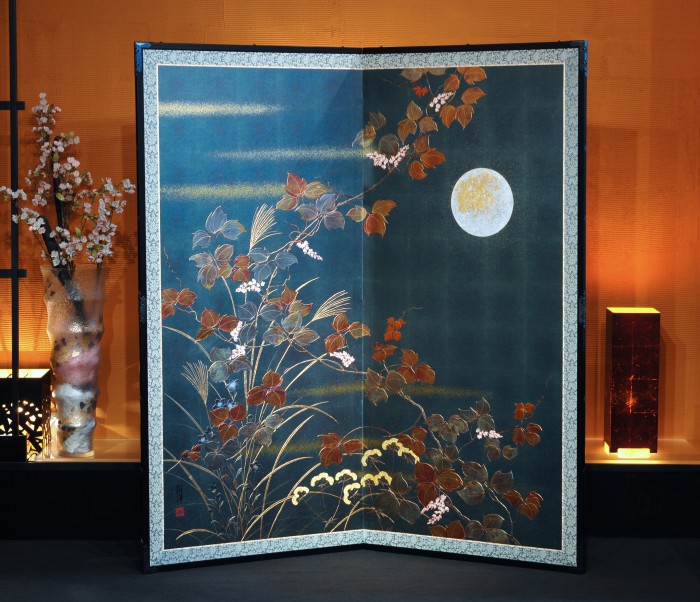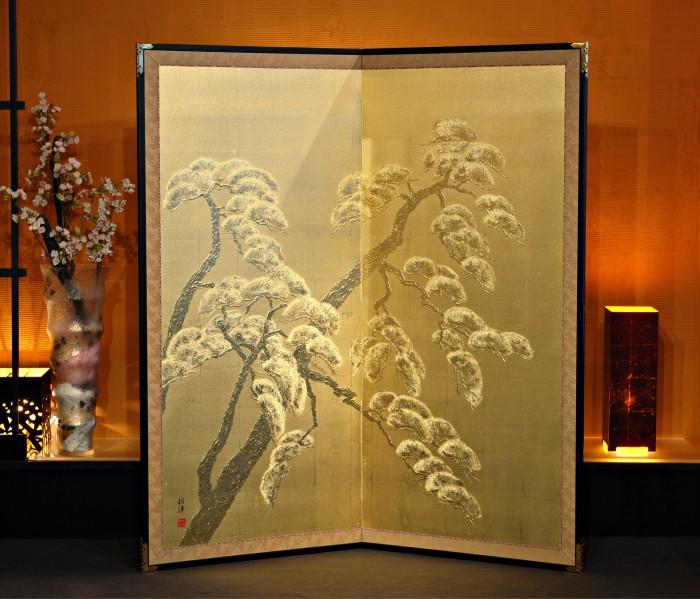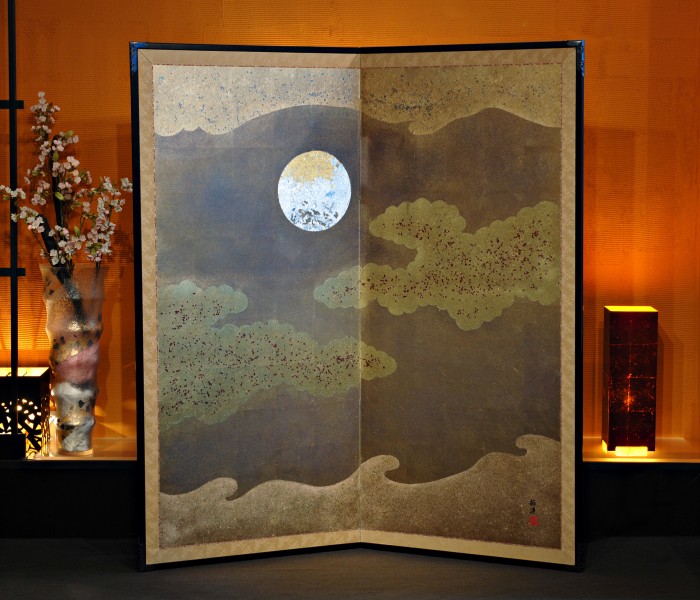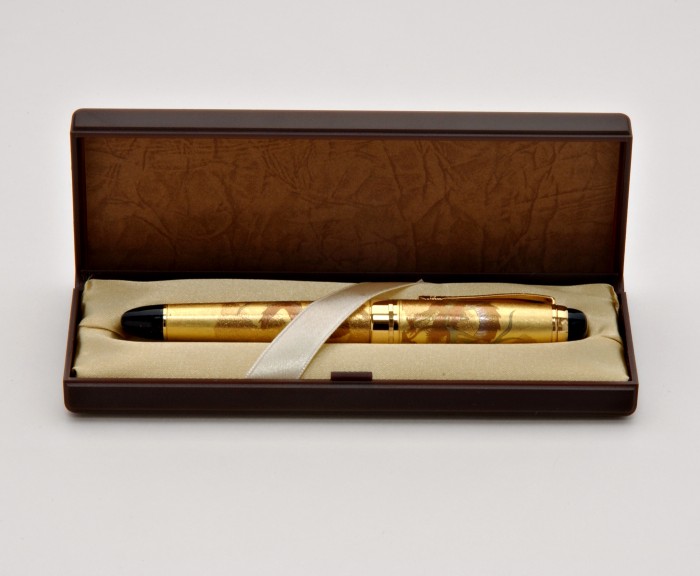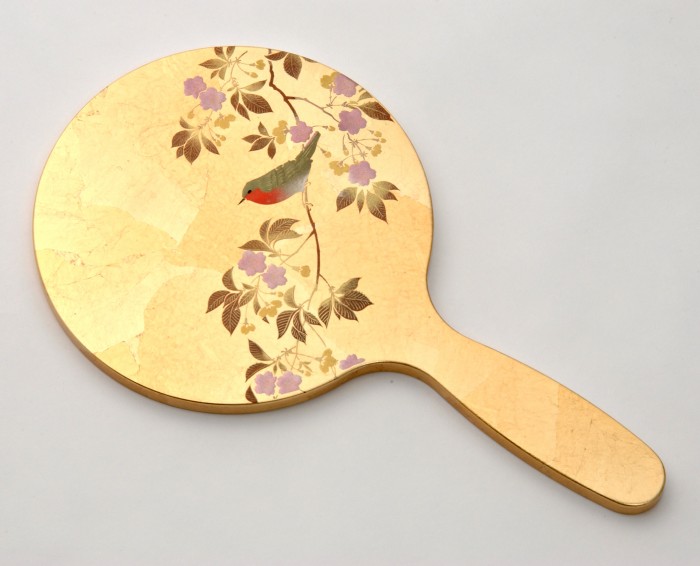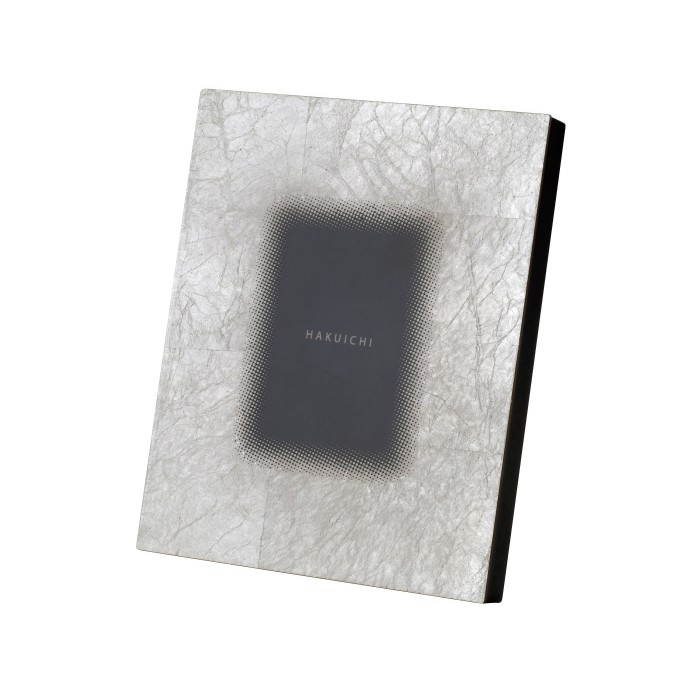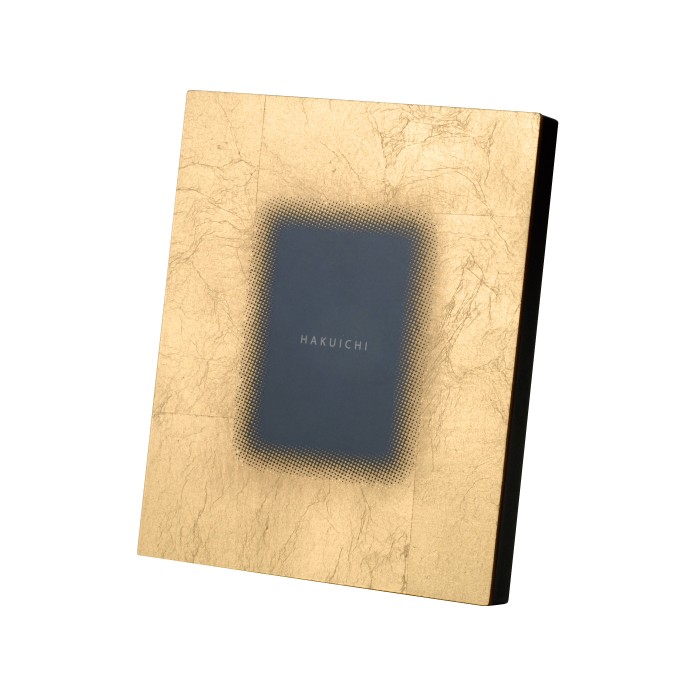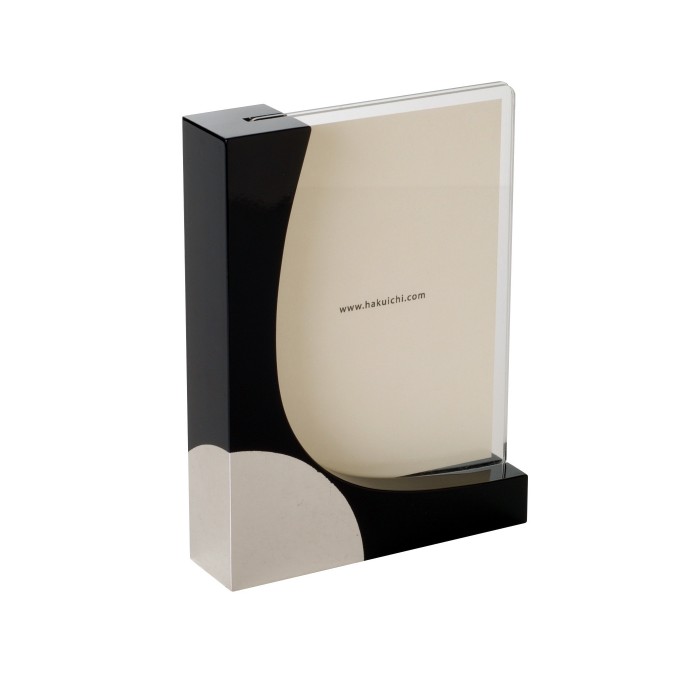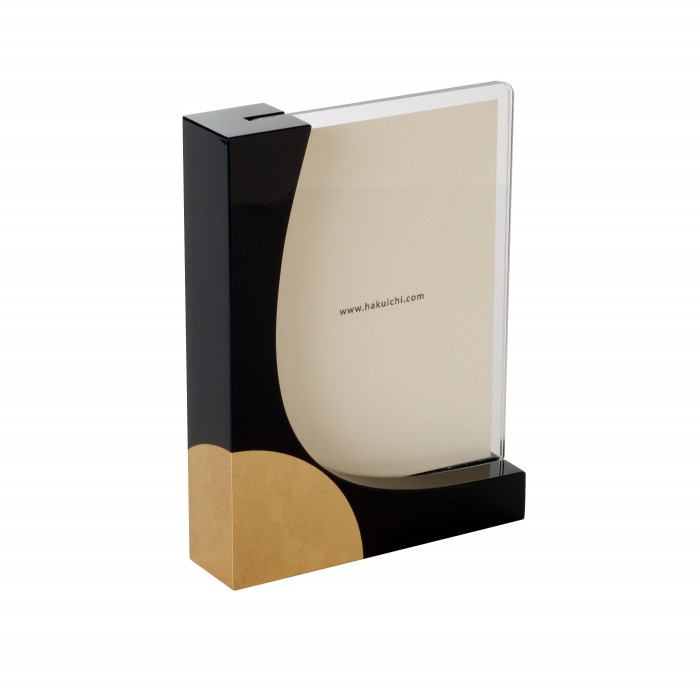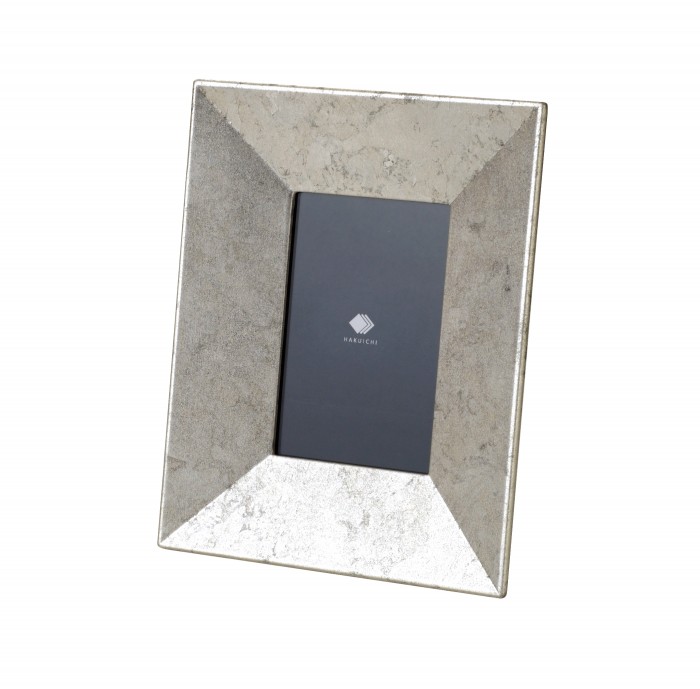Over time, the linseed oil will turn the colour of the umbrella to flaxen, which actually improves its strength. It is important to understand that the fading colour does not represent deterioration in any way. In fact, the elegant flaxen colour is more desirable and one to appreciate by its owner.
Details:
- Width: 116cm (45.7”) Height: 73cm (28.7”)
- Handmade and hand-painted in Kyoto using techniques unchanged for over 5 generations
- Strong traditional linseed oil is applied to the Wagasa to waterproof the product
- Made from natural Japanese bamboo, silk and organic washi paper
- The bamboo ribs attached to the washi paper form a brilliant contrast between the colors of the paper and the bamboo.
- There are two notches on the handle. Use the lower notch in stronger winds to prevent the umbrella from being damaged.
- A wonderfully unique product, completely safe in the rain, the envy of those walking by!
- Each umbrella takes approximately 2-3 weeks to complete from start to finish.
- Ships within about 2 weeks
The Janome Wagasa is famously associated with Kyoto’s Maiko (apprentice geisha) and Geisha, as it perfectly compliments a traditional Kimono. Often Ukiyo-e woodblock prints of the Edo period (1603-1867) will feature these beautiful women with a Janome Wagasa, a symbol of elegance and sophistication. Janome Wagasa also plays an important role in Kabuki, a form of traditional Japanese theatre.



